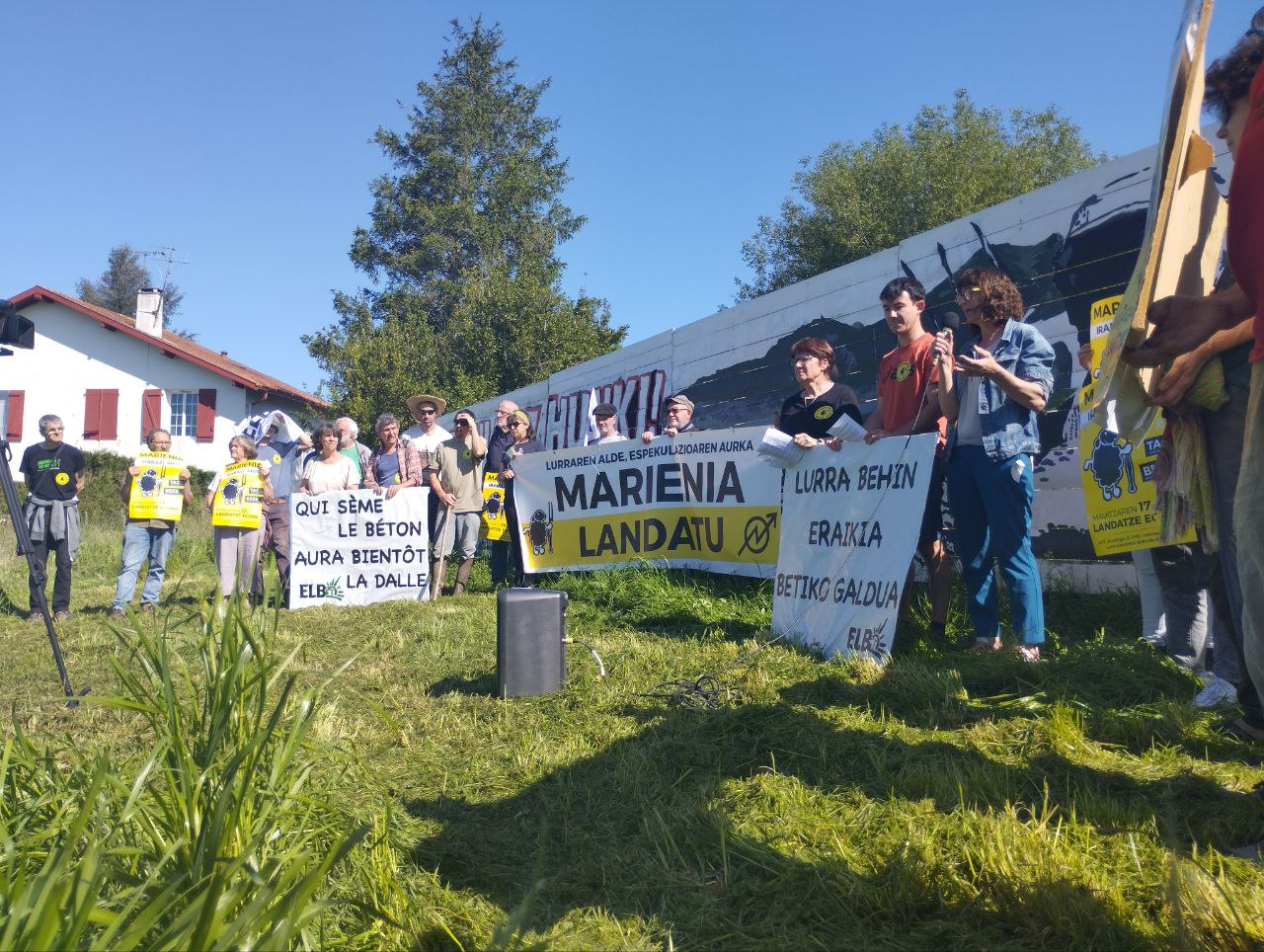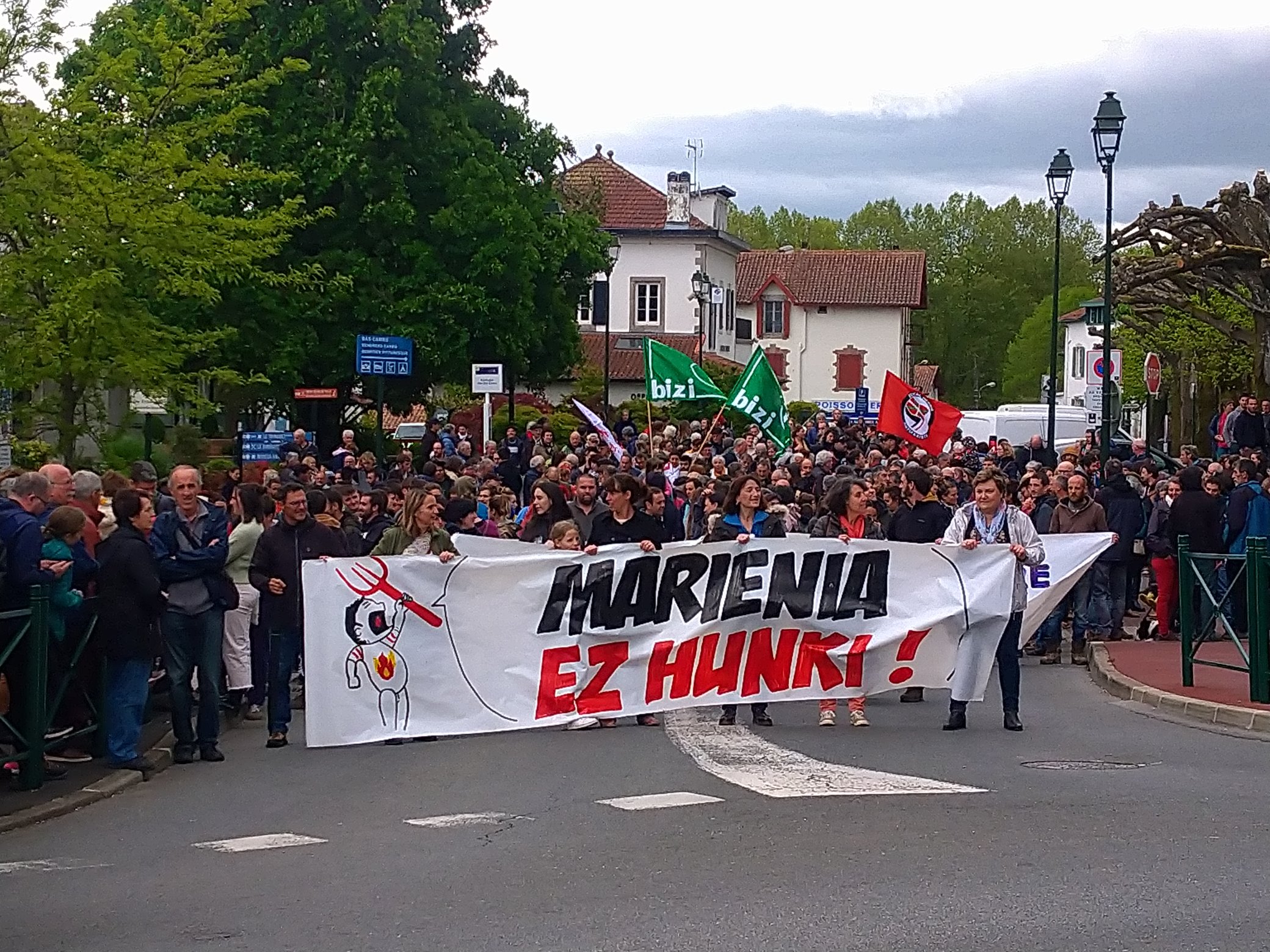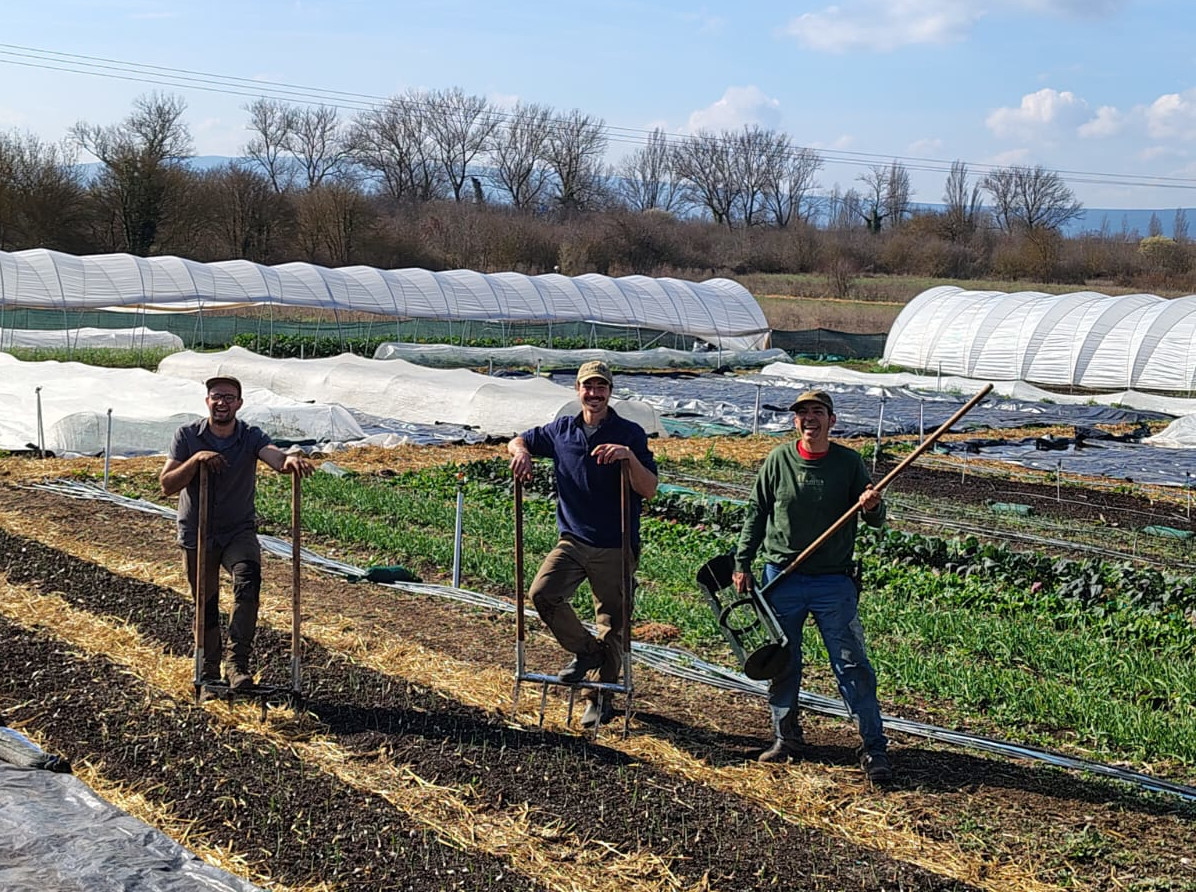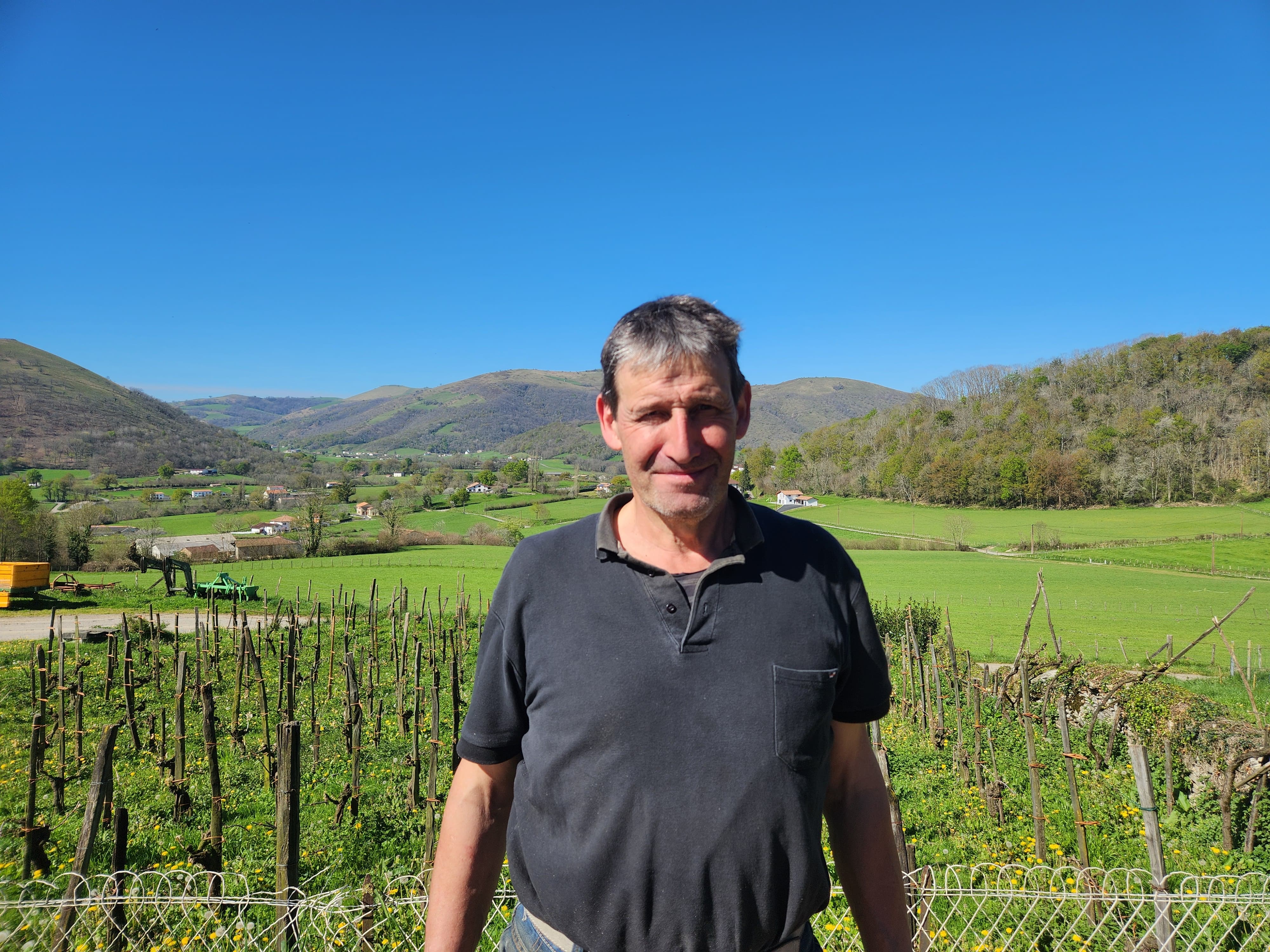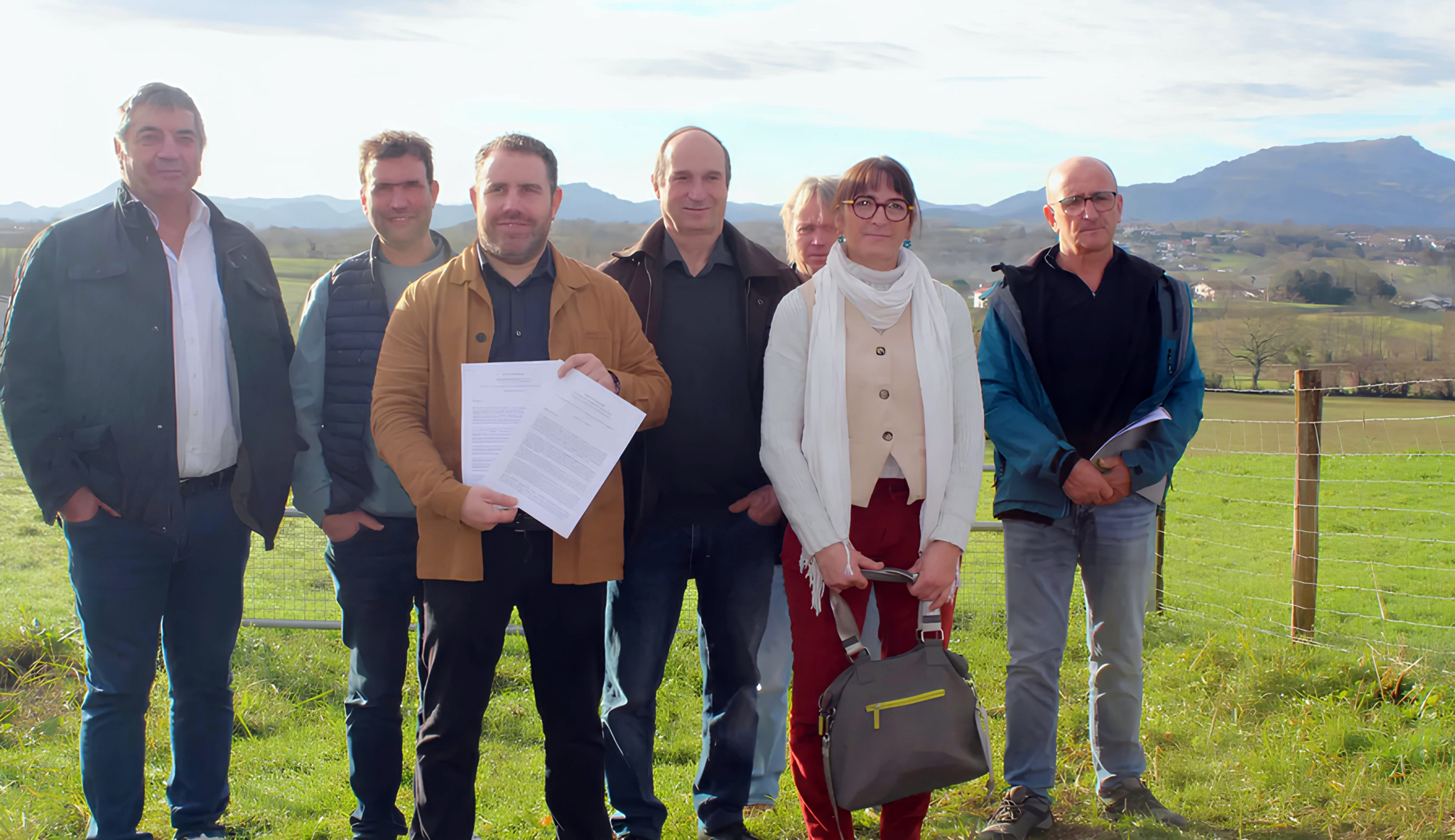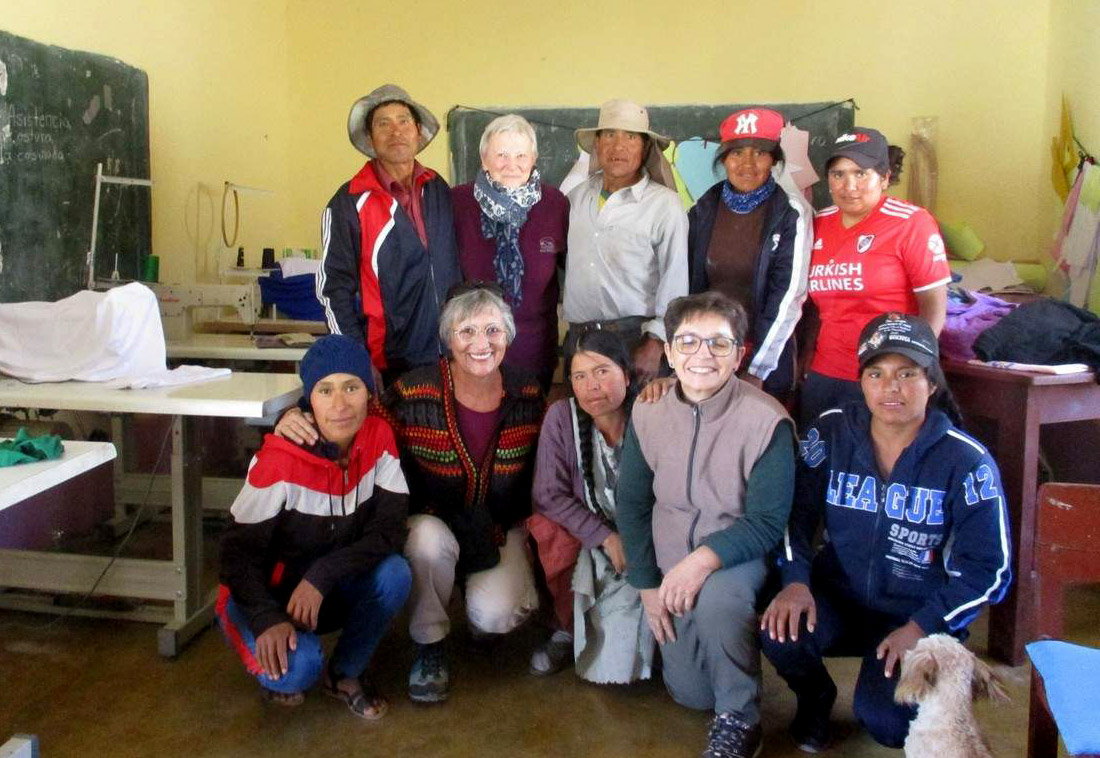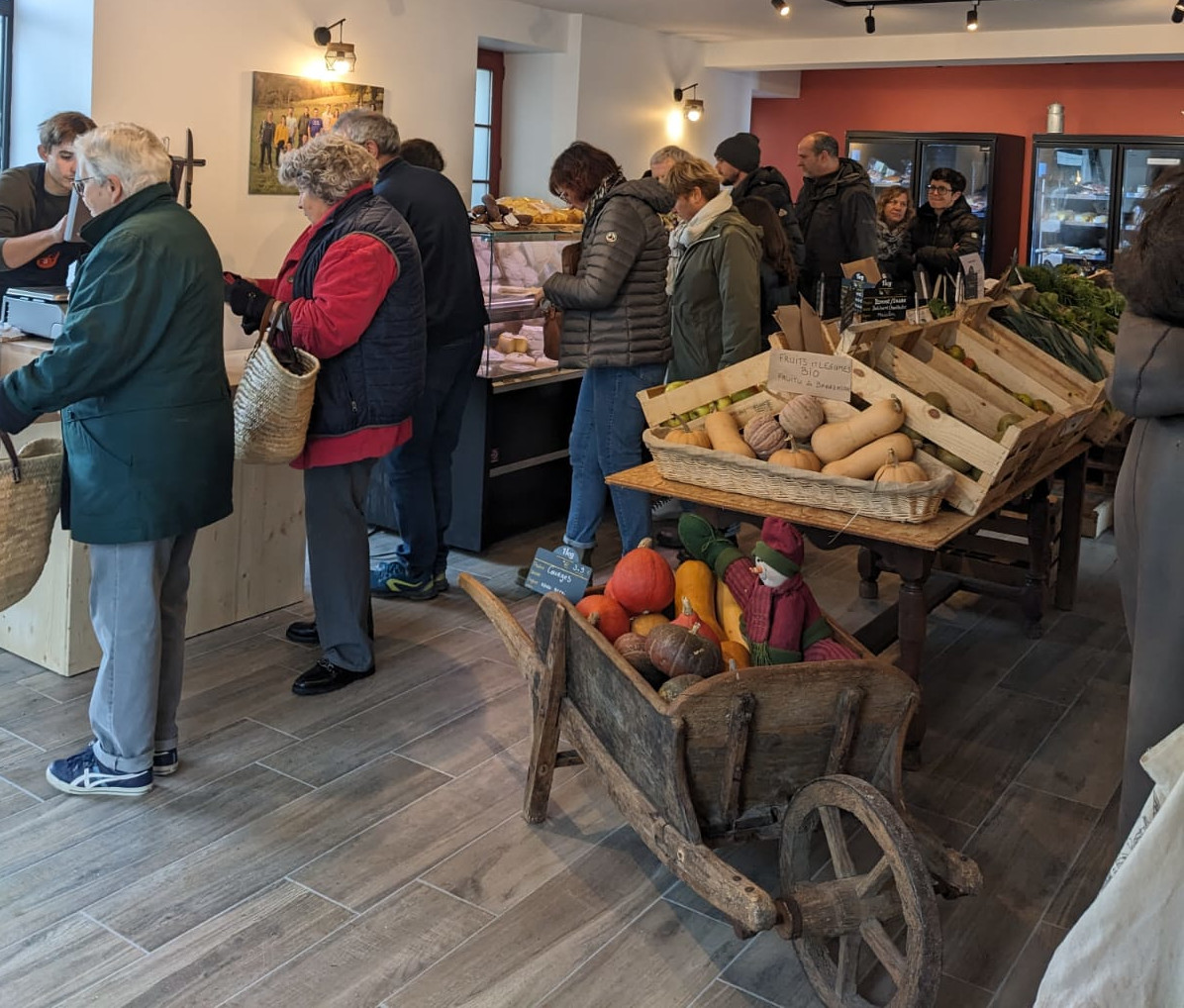In India, the farmers' protest looks like a popular revolt every day.
- On 26 November last, we learned of the demands of Indian farmers, thanks to the historic strike of 250 million workers and workers: They do not want a liberalisation of agriculture, which has already been voted on by the Indian Parliament. On that day, about 250,000 farmers started the camp in the vicinity of New Delhi, blocking the eight entrances to the capital. On 26 January, they took a step further and entered the heart of the capital, with the aim of reaching Parliament by 1 February. They are determined, and every day more and more citizens join.
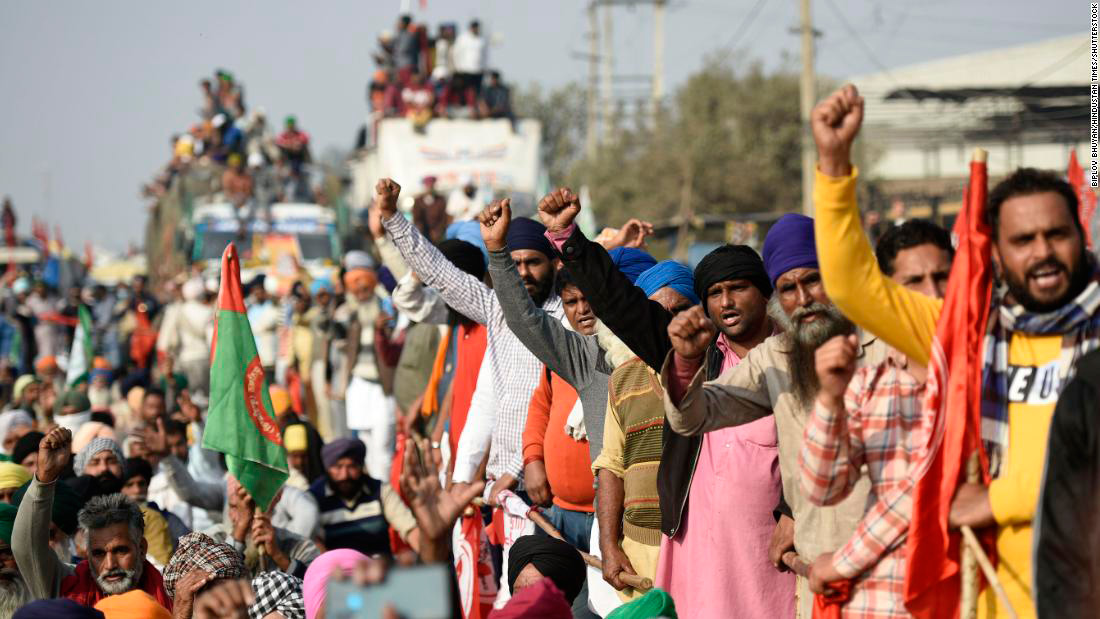
More than 250,000 peasants camping around the Indian capital had given the warning since November that they would enter New Delhi on 26 January and, as a matter of necessity, thousands of policemen and soldiers would pass over the fence.
January 26 is the day of the Republic to celebrate the Constitution promulgated on the same day of January 1950, which was completed in 1947 with British colonialism. This is a holiday, celebrating the anniversary with a military parade in New Delhi.
This year, however, the Indian Government had to reluctantly share New Delhi: the festival was also a day of struggle, and in addition to the military parade, the capital of India was filled with a demonstration starring hundreds of thousands of peasants and proletarians. Overcoming the police barriers and facing violent repression, they entered the heart of the capital, getting closer to three kilometers from the military parade. They also managed to occupy for a few hours the historic monument called the Red Fort, until the police aided him vigorously. But they didn't stay there, and immediately the following quote was announced. On 1 February the march will take place until Parliament, as on that day they intend to vote on the state budget. It seems that the historical image we have just seen in the United States in the Capitol of Washington, but with the cry for social justice and fundamental rights. It is a pity that there is no media monitoring equivalent to the grass-roots movement in India.
They have in their sights three laws that involve the liberalisation of agriculture, voted by parliamentarians in September, known as Farm Bills. They do not accept it because they know that they will be for the benefit of a few agro-industrialists and to the detriment of farmers. “We will stop here until those laws that lead to the death of the peasants are removed,” he told reporters in his footsteps, a farmer who had traveled 400 kilometers on a tractor, with a cart full of crabs, saris, lentils or flours, even straw to protect himself from the cold. Thousands of peasants took the same path, like him, and since then, building collective kitchens, distributing ceremonies and collectively deciding on the details of the protest. Shelters and health care are being provided and some of the area ' s neighbours are also being promoted.
The winter atmosphere is harsh on the slopes and there are already 70 farmers who have been cold-blooded, according to the trade union Bhartiya Kisan. But they don't intend to enter the house. “We will not surrender until the laws are finally taken away from us.” The risk of losing everything with liberalisation is too high for the 600 million farmers, of whom 86% live on less than one hectare: by allowing prices to fluctuate on the basis of supply and demand, fixed prices and guaranteed incomes to date would be put to an end. On 26 November and 8 December they had a strike day that added up to 250 million farmers and workers, the world’s most continuous strike movement. In part, the Supreme Court reported on 12 January that it annulled the three laws, suspended the suspension of the ban on entry into New Delhi and suspended the ban on access to them for a period of eighteen months. These backward steps show us that the force of the movement, normally, is an automatic tendency of this prime minister to stand firm and naked in the face of the demands of the citizens.
Support citizenship
Although Modi describes it as "terrorist" and the mainstream media in India spread this image, at the moment the peasants have the support and solidarity of the citizens. In short, teachers, students, unemployed, nurses, precarious and marginalized workers as “untouchables”, diversity continues to flourish in the camp and day by day is becoming a moment of struggle and confluence of different demands. “They have managed to unite the working class in the struggle; not everything is done, but they have taken great steps on the road to convergence”, reads Inde demain’s article: a front ouvriers-paysans marche vers la révolution (“India tomorrow: the front between the working class and the peasants on the road to revolution”). Proof of this is that the education sector called for a strike on 23 January to protest in the context of the peasant revolt; and that on 31 January and 1 February they mobilized against the privatization of employees of public banks, also calling for a general social movement. The majority unions are trying to control the movement, but it seems that they find it increasingly difficult, because in this struggle drawn from the base it has the determination of the base.
30 years liberating India
Since 2014, the Modi Government has increased India’s first liberal measures, which exchanged loans from the International Monetary Fund (IMF) in 1991. In this way, the concerns and complaints of farmers are perfectly understood by the citizens who have already suffered the liberal measures beforehand.
Another aspect to consider is the one highlighted in Mediaparte's article: “Despite the many peasant uprisings that have existed so far in India, they have never succeeded in attracting the popular classes, often under the leadership of the richest farmers, such as the French trade union FNSEA. But in the present uprising, although there are middle- or wealthy farmers, on this occasion the poorest and most radical farmers are leading the movement. In the riots, the poorest peasants are more closely linked to the most proletarian levels of rural and urban society.”
The peasants of India have a culture of struggle and the protest they began in November is neither the first nor the last, since in the last two centuries there have been 77 protests, an average of three years. But not everyone is the same, and surely that period will be written in history. And who knows? Perhaps we remember it as a movement that went from a peasant rebellion to a citizen rebellion.
Klima aldaketaren eraginez, munduko lurralde gero eta gehiago idortzen ari dira, milioika pertsonaren jarduera eta bizimoduak kolokan ezarririk. Fenomeno horren frontean dago India erdialdeko Maharashtra estatua, non klimaren berotzeari eta lehortzeari metatu zaizkien oihan... [+]
Euskal Herriko Laborantza Ganberak hogei urte bete ditu. 2005ean sorturik, bataila anitzetatik pasa da Ainiza-Monjoloseko erakundea. Epaiketak, sustengu kanpainak edota Lurramaren sortzea, gorabehera ainitz izan ditu hogei urtez.
Txotx denboraldian eredu ekologikoan ekoiztutako Euskal Sagardoaren eskaintza izango da hainbat sagardotegitan, eta hura bistaratzeko, Jatorri Deiturak eta ENEEK-Ekolurrak kupeletan paratzeko euskarria aurkeztu dute.
Lurraren alde borrokan dabilen orok begi onez hartu du Frantziako Legebiltzarrak laborantza lurren babesteko lege-proposamenaren alde bozkatu izana. Peio Dufau diputatu abertzaleak aurkezturiko testua da, eta politikoa eta sentimentala juntaturik, hemizikloan Arbonako okupazioa,... [+]
203 diputatu alde eta hiru aurka agertu dira martxoaren 11 gauean egin bozketan. Higiezinen agentziak haserre agertu dira, eta bi salaketa aurkeztu ditu FAIN Frantziako Higiezinen Federazio Nazionalak Europako Batzordean. Bata, lege-proposamenari esker botere gehiago jasoko... [+]
Laborantzaren Orientazio Legea pasa den astean ofizialki onartu du Frantziako Parlamentuak. Ostegunean Senatutik pasa da azken aldikoz. Iazko laborarien mobilizazioen ondotik, aldarrikapenei erantzuteko xedea du lege horrek. Aldiz, ingurumenaren aldeko elkarteek azkarki salatzen... [+]
Zubiak eraiki Xiberoa eta Boliviaren artean. Badu jadanik 16 urte Boliviaren aldeko elkartea sortu zela Xiberoan. Azken urteetan, La Paz hiriko El Alto auzoko eskola bat, emazteen etxe baten sortzea, dendarien dinamikak edota tokiko irrati bat sustengatu dituzte.











